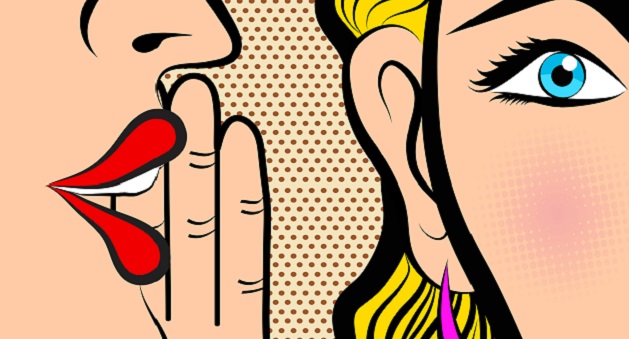
How to lose a customer and get negative word of mouth.
I still find it incredible how easy it is for an organisation to lose a customer and get negative word of mouth through social media coverage.
A short while back, I wrote a blog that looked at the parallels of Gliding and Customer Experience. In it I said that every touch point a company has with a customer is an opportunity to increase the ‘feel good’ factor. So with that in mind, when a customer has a traumatic experience due to no fault of their own, you would have thought the company concerned would do their utmost to make the customer experience excellent.
So how can you lose a customer that you should have kept?
The following post is a saga that a friend of mine has just been through and it beggars belief. I’m simply going to relay the gist of the events with some relevant Facebook posts to show how easy it is to lose a customer, yet something that is avoidable if you have the right customer centric approach.
In August last year my friend was awoken at 2 am in the morning to find her car written off by an Uber driver who’d fallen asleep at the wheel with 2 passengers on-board. Not only had he hit her car, he’d managed to roll his own vehicle too! My friend contacted her insurance company and all seemed ok.
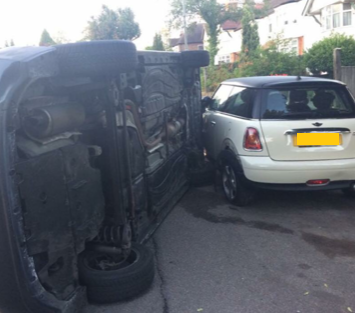
The good things done by the insurer
So after such an episode her insurer provided a courtesy car and began to deal with the claim. The Uber driver admitted liability so all seemed to be going well and the insurer kept the customer experience positive. Thus like my gliding analogy they used the opportunity of client contact to enhance the relationship.
In September her replacement vehicle arrived and so all smiles.
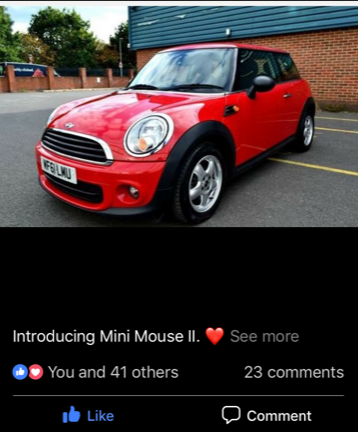
So where, you are asking, did they go wrong and lose a customer?
Well amazingly nothing went wrong for over 4 months. Then the wheels fell off, literally.
In January my friend’s renewal came up. To her shock and horror her premium had risen from £300 to £1200! Wow! And if that wasn’t bad enough, the trauma continued when attempting to make contact with the insurer. She was moved from department to department, had to hang on with an off-shore call centre, and spend time trying to resolve the issue.
The whole episode from the positive aspects through to the negative was published in real time on Social Media. It created positive comments in the early stages but then incredulity and anger towards the end. The following very public extracts show the anger and annoyance building up, all of which should have been avoided:
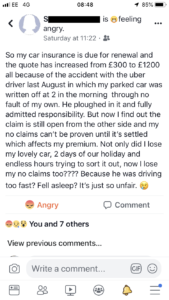

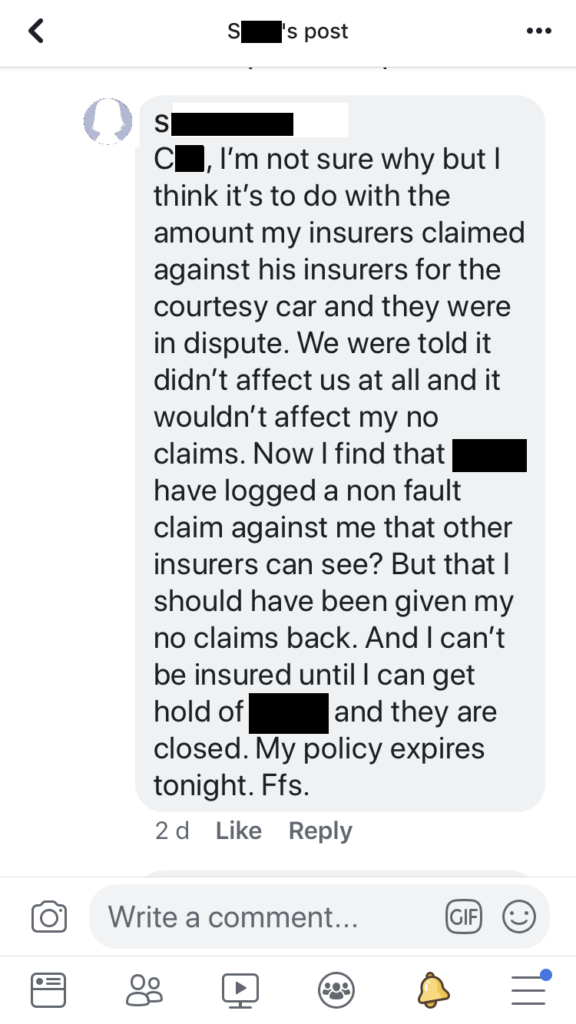
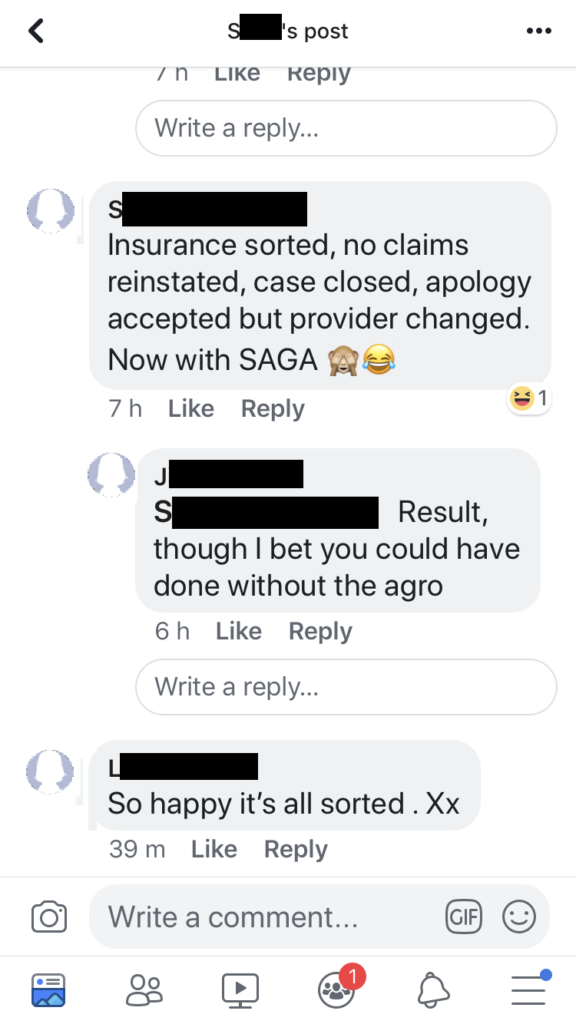
The end result
The end result was that my friend was so annoyed she cancelled with the old insurer and went with a new one. All the good efforts early on were wiped away simply because despite it not being her fault and the Uber driver admitting liability somewhere a decision was made that penalised my friend. Despite being rectified in the end, the customer journey to reach a resolution was just too long, too frustrating and arrived too late.
So going back to my original gliding analogy; you can ‘top up’ the customer experience at every touch point and make the experience better. But, if you mess up badly and don’t deal with it rapidly or appropriately, all of the good you have done quickly unravels. And that is how to lose a customer AND get negative word of mouth, both of which were avoidable.